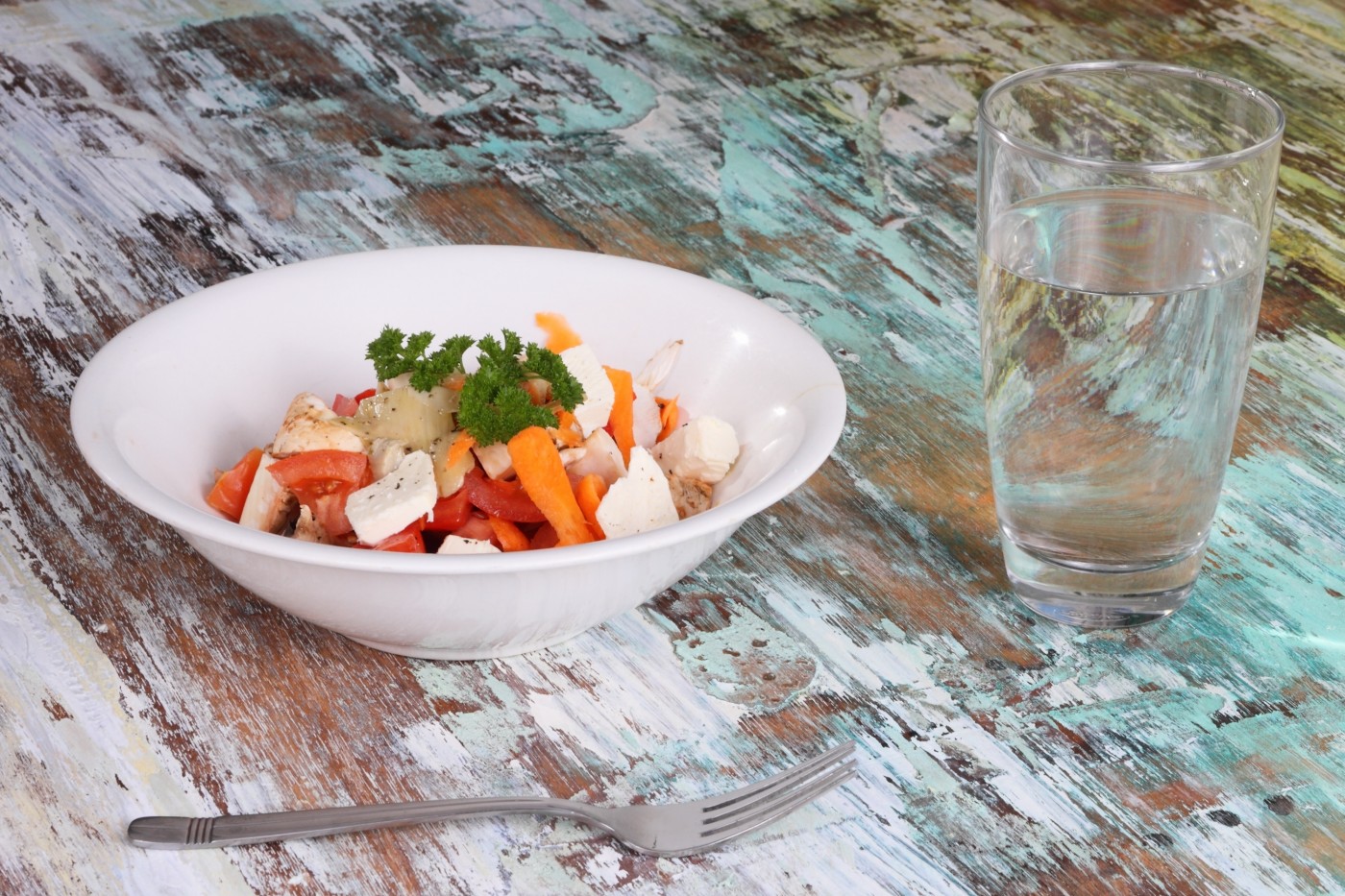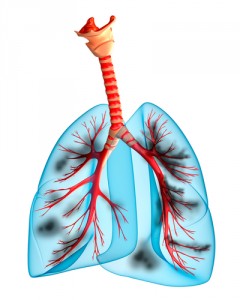Pulmonary Arterial Hypertension Could Improve with Calorie Restriction

 Calorie restriction has been recently popular as a way to stave off the aging process. Could this technique be effective for improving a disease, such as pulmonary arterial hypertension (PAH)? Researchers at Central Hospital in Xi’an China seem to think so. A recent report published in the Journal of Cardiovascular Pharmacology, titled Calorie Restriction Attenuates Monocrotaline-induced Pulmonary Arterial Hypertension in Rats, showed that caloric restriction in rats improved symptoms of PAH in the animals. The study appeared in the journal on January 29, 2015.
Calorie restriction has been recently popular as a way to stave off the aging process. Could this technique be effective for improving a disease, such as pulmonary arterial hypertension (PAH)? Researchers at Central Hospital in Xi’an China seem to think so. A recent report published in the Journal of Cardiovascular Pharmacology, titled Calorie Restriction Attenuates Monocrotaline-induced Pulmonary Arterial Hypertension in Rats, showed that caloric restriction in rats improved symptoms of PAH in the animals. The study appeared in the journal on January 29, 2015.
PAH refers to high blood pressure of the lungs. PAH is a chronic disease and can cause heart failure if it is not treated.
[adrotate group=”4″]
According to the researchers’ report, “Calorie restriction (CR) is one of the most effective non pharmacological interventions protecting against cardiovascular disease such as hypertension in the systemic circulation.” Based on their knowledge of these positive effects of calorie restriction, the scientists decided to examine PAH symptoms in an experimental rat model of PAH, which they produced by giving the animals one dose of a drug called monocrotaline.
They found that in the animals that had been subjected to calorie restriction the average pulmonary arterial pressure (mPAP) was lowered, a positive sign that hypertension had been reduced. There were also fewer abnormal blood vessels in the animals that had calorie restriction.
[adrotate group=”3″]
The investigators wanted to know how calorie restriction caused these effects, so they performed additional experiments testing the endothelial cells with acetylcholine, a neurochemical. Acetylcholine increased the relaxation of the endothelial cells, which meant that they were not in a pathological, abnormal state. The researchers also noted changes in specific molecules in the animals that underwent calorie restriction, called SIRT1 and eNOS. These changes indicated to them that calorie restriction worked via effects on these specific molecules. They further found that when they increased SIRT1 and when they induced specific changes in eNOS (known as phosphorylation and acetylation), they were able to mimic the same positive effects as the caloric restriction, and to counteract the PAH symptoms.
In their report, the study authors concluded that “Overall, the present data demonstrate that CR may serve as an effective treatment of PAH, and targeting the SIRT1/eNOS pathway may improve treatment of PAH.”
The study provides hope for people suffering from PAH, since it may be a basis for treatments. PAH might be treated either through calorie restriction or by medications that specifically target SIRT1 and eNOS. Naturally further work in humans is needed for this promise to be realized.







